A template for students to use when planning a personal recount.
Use this teaching resource to help your students plan their recount writing.
Students draw a picture or attach a photograph of a special event they have experienced recently.
Using the template, students can brainstorm language (action verbs, descriptive words, emotive words) and events to include in a personal recount.

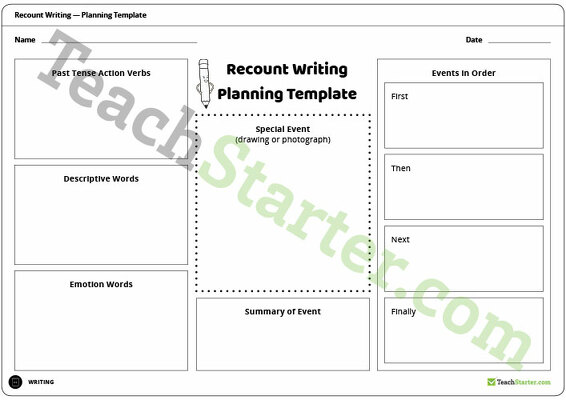

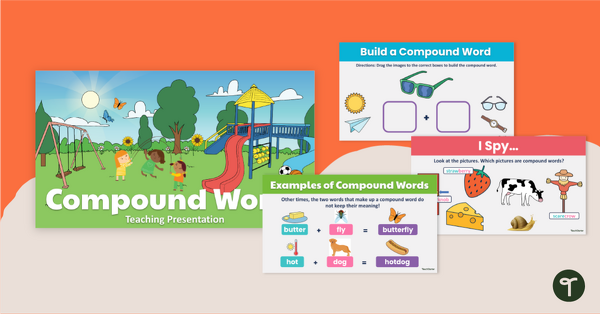
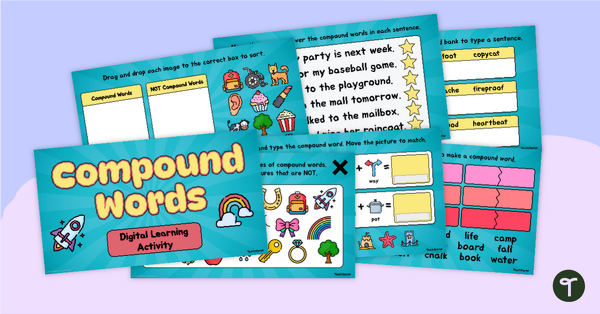

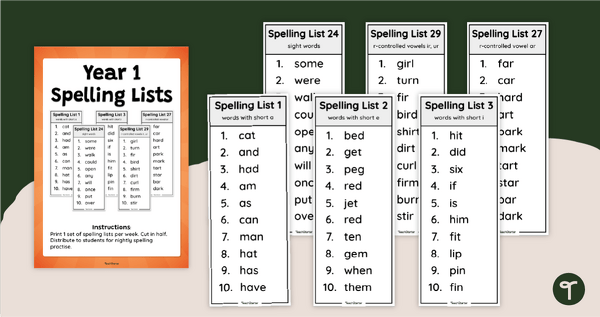
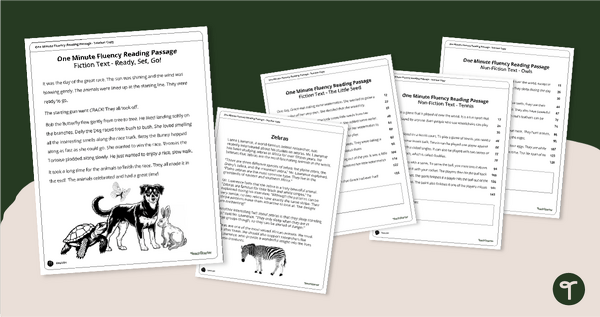
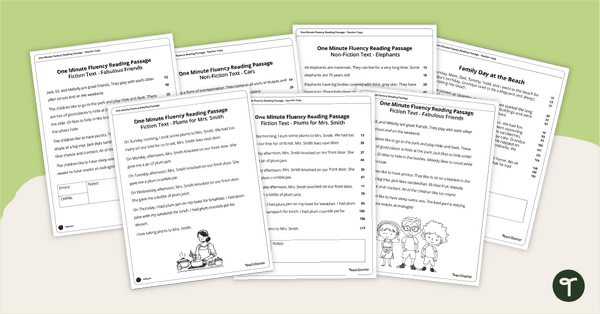
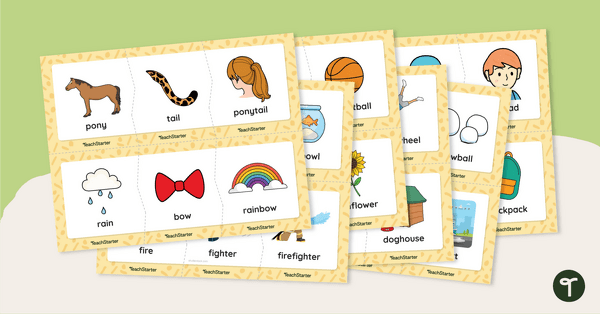
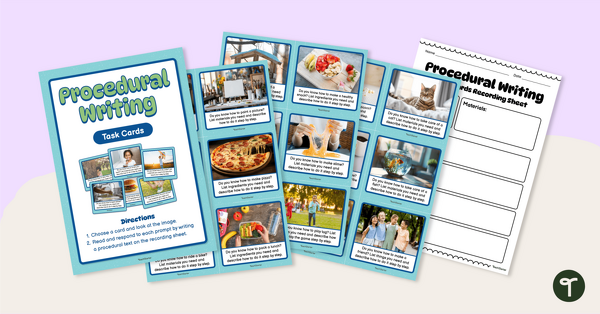
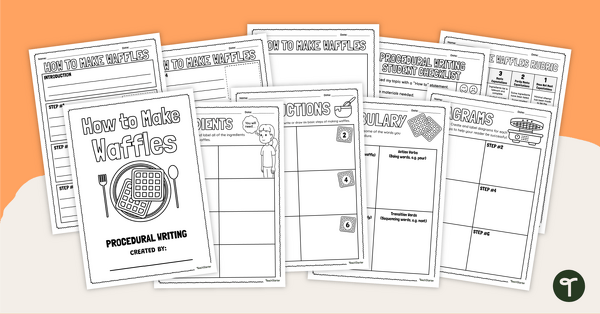
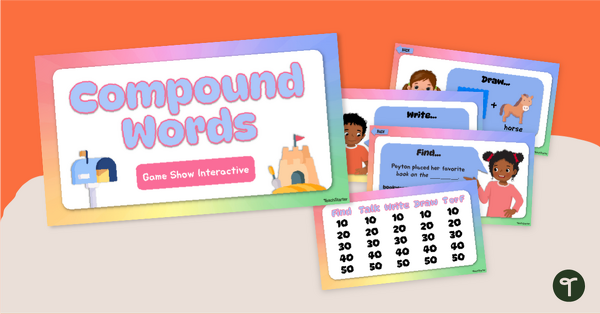
1 Comment
Write a review to help other teachers and parents like yourself. If you'd like to request a change to this resource, or report an error, select the corresponding tab above.
No comments yet.